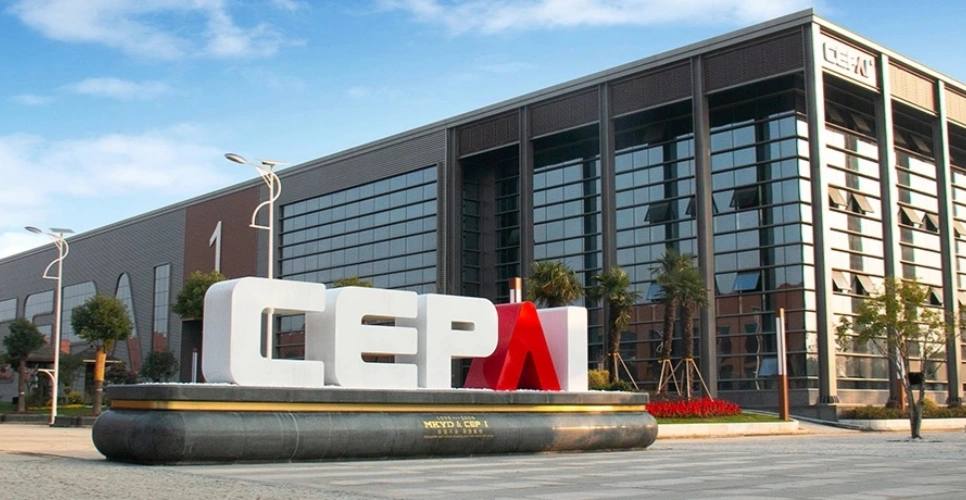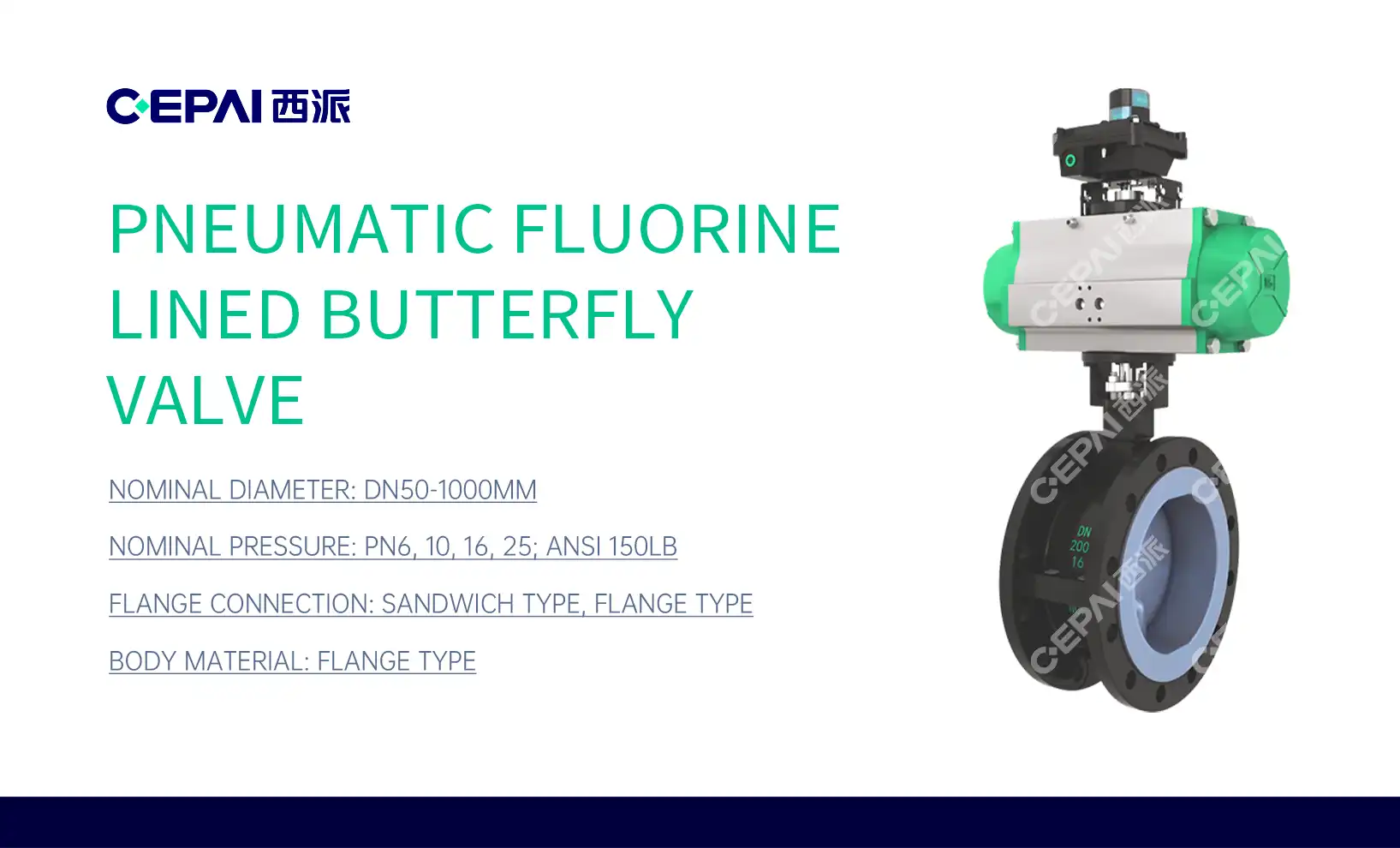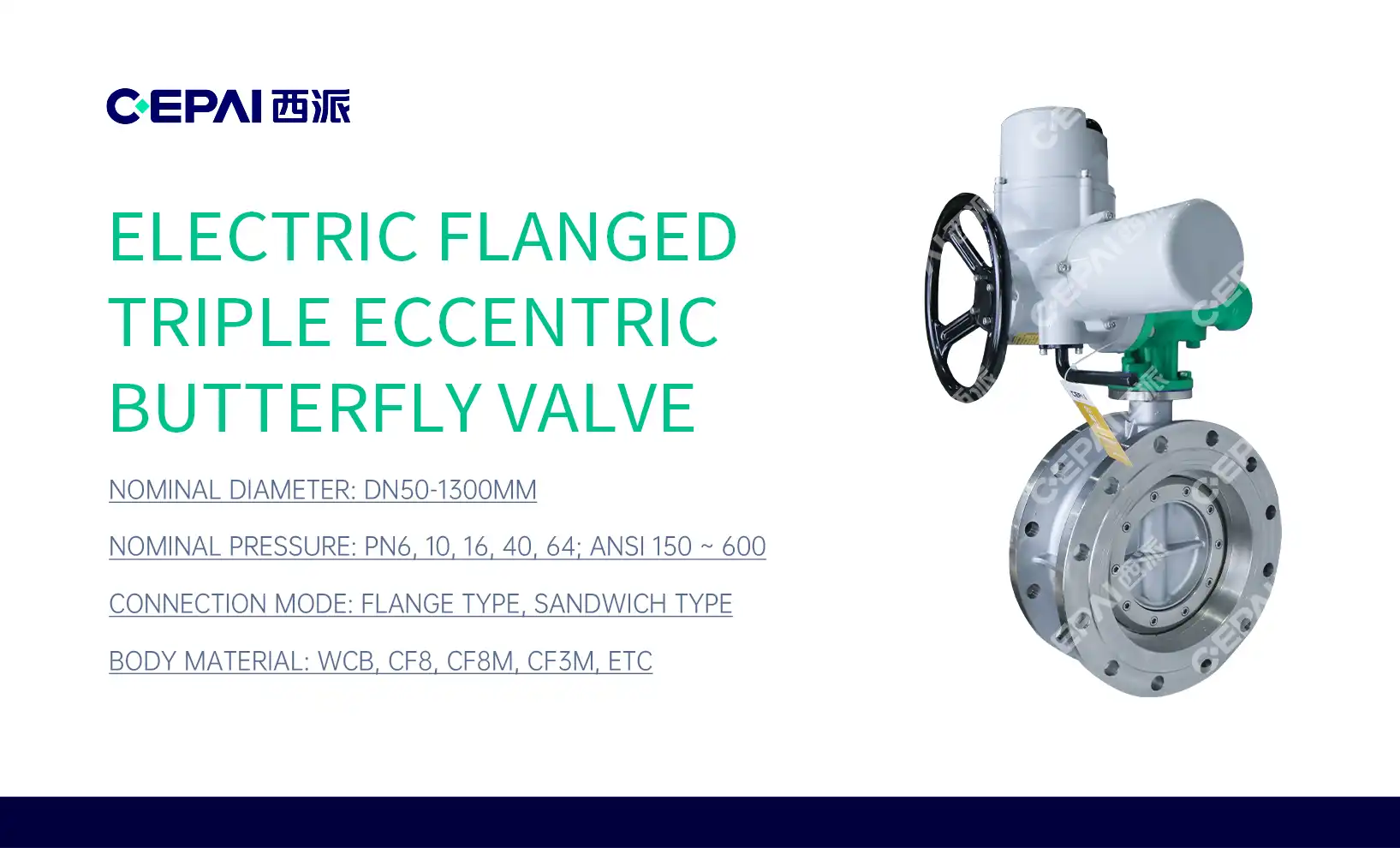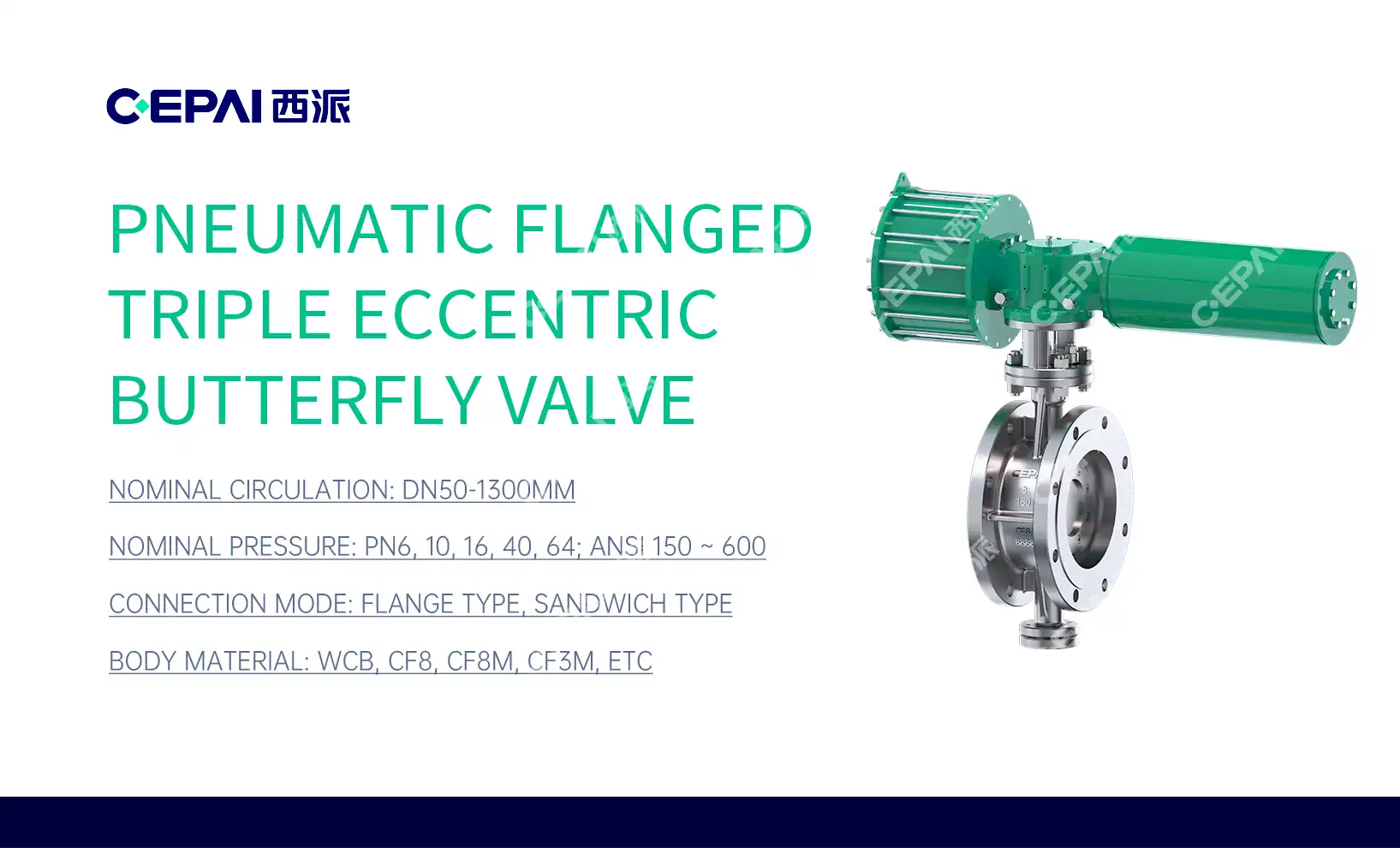The Complete Guide to Valve Automation Systems
Valve automation systems are transforming the landscape of industrial processes, offering unprecedented control, efficiency, and reliability in fluid management. This comprehensive guide delves into the intricacies of the product automation, exploring its components, benefits, and applications across various industries. From enhancing operational safety to optimizing resource utilization, automated valve systems are revolutionizing how businesses manage their fluid control operations. Whether you're a seasoned engineer or new to the field, this guide will provide valuable insights into the world of the product automation, helping you understand its impact on modern industrial practices and how it can elevate your operational standards.

Understanding Valve Automation Systems
Components of Valve Automation Systems
Valve automation systems comprise several key components working in harmony to ensure precise control over fluid flow. The actuator, often pneumatic or electric, serves as the system's muscle, providing the force necessary to open or close the product. Control systems, including positioners and limit switches, offer precise regulation and feedback. Valve bodies, designed for specific applications, range from ball valves to butterfly valves, each suited to different operational requirements. Sensors and transmitters play a crucial role in monitoring system parameters, while communication interfaces enable seamless integration with broader control networks.
Types of Automated Valves
The world of automated products is diverse, catering to a wide array of industrial needs. Ball valves, known for their quick operation and tight sealing, are popular in oil and gas applications. Butterfly valves, with their compact design, excel in large diameter piping systems. Globe valves offer precise flow control, making them ideal for regulating applications. Gate valves, with their ability to handle high-pressure systems, find extensive use in water treatment facilities. Each type of the product brings unique advantages, allowing engineers to select the most suitable option for their specific operational requirements.
Working Principles of Valve Automation
At its core, valve automation relies on the principle of converting various forms of energy into mechanical motion. Pneumatic systems utilize compressed air to drive actuators, offering rapid response times and intrinsic safety in explosive environments. Electric actuators, powered by motors, provide precise control and are often preferred in applications requiring modulating control. Hydraulic systems, leveraging fluid power, excel in high-force applications. The integration of smart technologies, such as microprocessors and advanced sensors, enables these systems to respond to complex algorithms and real-time data, ensuring optimal performance under varying conditions.
Benefits and Applications of Valve Automation
Enhancing Operational Efficiency
Valve automation systems significantly boost operational efficiency across industries. By eliminating manual valve operations, these systems reduce labor costs and minimize human error. Automated valves respond swiftly to changing process conditions, maintaining optimal flow rates and pressure levels. This precision control leads to improved product quality and consistency in manufacturing processes. In the oil and gas sector, automated valves enable remote operation of pipelines, reducing the need for on-site personnel and enhancing safety in hazardous environments. The ability to fine-tune processes in real-time results in energy savings and reduced waste, contributing to both economic and environmental benefits.
Improving Safety and Reliability
Safety is paramount in industrial operations, and valve automation plays a crucial role in enhancing workplace safety. Automated emergency shutdown products can quickly isolate sections of a plant in case of leaks or other hazards, minimizing the risk of accidents. In chemical processing plants, the products ensure precise control over potentially dangerous substances, reducing exposure risks for workers. The reliability of automated systems also contributes to overall plant safety by reducing the likelihood of equipment failure. Regular diagnostic checks and predictive maintenance features in modern product automation systems help identify potential issues before they escalate, ensuring continuous, safe operation.
Industry-Specific Applications
Valve automation finds diverse applications across numerous industries. In the water and wastewater sector, automated valves control flow in treatment plants and distribution networks, ensuring efficient resource management. The pharmaceutical industry relies on the products for precise control in batch processing and sterilization procedures. In power generation, these systems play a critical role in managing steam flow and coolant systems, contributing to plant efficiency and safety. The food and beverage industry utilizes automated valves for hygienic processing, ensuring product quality and compliance with stringent regulations. As industries continue to evolve, the applications of the product automation expand, driving innovation and efficiency across the industrial landscape.
Future Trends in Valve Automation Technology
Integration with Industrial Internet of Things (IIoT)
The future of the product automation is intricately linked with the Industrial Internet of Things (IIoT). This integration is revolutionizing how the product systems are monitored, controlled, and maintained. Smart valves equipped with advanced sensors can now transmit real-time data on performance metrics, wear and tear, and operational anomalies. This constant stream of information enables predictive maintenance strategies, significantly reducing downtime and extending equipment life. The IIoT also facilitates remote monitoring and control of the product systems, allowing operators to manage complex networks from centralized control rooms. As this technology evolves, we can expect to see more sophisticated analytics capabilities, enabling automated decision-making processes that optimize valve operations based on complex algorithms and machine learning.
Advancements in Actuator Technology
Actuator technology is undergoing rapid evolution, driving the next generation of valve automation systems. Electric actuators are becoming more energy-efficient and compact, offering precise control with minimal power consumption. Innovations in materials science are leading to the development of lightweight yet durable actuators capable of withstanding harsh industrial environments. Smart actuators with built-in diagnostics and self-calibration features are emerging, reducing maintenance requirements and enhancing reliability. Furthermore, the integration of advanced control algorithms allows these actuators to adapt to changing process conditions autonomously, ensuring optimal performance across a wide range of operating scenarios.

Sustainable and Eco-Friendly Solutions
As industries worldwide focus on sustainability, valve automation is adapting to meet these new challenges. Energy-efficient actuators and control systems are being developed to reduce the carbon footprint of industrial operations. There's a growing trend towards using environmentally friendly materials in the product construction, reducing the environmental impact of manufacturing and disposal. Advanced sealing technologies are improving leak prevention, crucial for industries handling hazardous materials. Moreover, the precision control offered by modern valve automation systems is helping industries optimize their resource usage, minimizing waste and improving overall environmental performance. As regulations around environmental protection become more stringent, valve automation will play a crucial role in helping industries meet these new standards while maintaining operational efficiency.
Conclusion
Valve automation systems have become an indispensable component of modern industrial operations, offering unparalleled control, efficiency, and safety. As we've explored in this guide, these systems not only streamline processes but also contribute significantly to operational reliability and environmental sustainability. The integration of advanced technologies like IIoT and smart actuators is setting the stage for even more innovative applications in the future. For industries looking to enhance their competitive edge and operational excellence, investing in the product automation is no longer just an option - it's a necessity for staying ahead in an increasingly automated world.
FAQs
1. What are the main benefits of valve automation systems?
Valve automation systems offer enhanced operational efficiency, improved safety, precise control, and reduced labor costs. They enable remote operation, minimize human error, and contribute to energy savings and waste reduction.
2. How do automated valves improve industrial safety?
Automated valves enhance safety by enabling quick emergency shutdowns, reducing worker exposure to hazardous environments, and providing consistent, reliable operation in critical processes.
3. What industries benefit most from valve automation?
While valve automation is beneficial across many sectors, it's particularly crucial in oil and gas, water treatment, chemical processing, pharmaceuticals, and power generation industries.
Expert Valve Automation Solutions | CEPAI
At CEPAI, we're at the forefront of the product automation technology, offering cutting-edge solutions for diverse industrial applications. Our state-of-the-art manufacturing facility, featuring the Asia Pacific region's longest high-precision intelligent production line, ensures unparalleled quality and innovation in our products. As a leading valve manufacturer and supplier, we provide comprehensive solutions tailored to your specific needs. For expert advice or to explore our range of automated valve systems, contact us at cepai@cepai.com.

References
Smith, J. (2022). Advanced Valve Automation Techniques in Industrial Processes. Journal of Industrial Engineering, 45(3), 78-92.
Johnson, L. & Brown, M. (2021). The Impact of IIoT on Valve Automation Systems. Automation Today, 18(2), 112-125.
Garcia, R. (2023). Sustainable Practices in Valve Manufacturing and Automation. Green Industrial Solutions, 7(1), 45-58.
Thompson, K. (2022). Safety Advancements through Valve Automation in Chemical Processing. Chemical Engineering Progress, 118(5), 67-80.
Lee, S. & Park, H. (2021). Energy Efficiency in Automated Valve Systems: A Comparative Study. Energy and Industrial Management, 29(4), 201-215.
Wilson, D. (2023). The Future of Valve Automation: Trends and Predictions. Industrial Technology Review, 56(2), 89-103.

Get professional pre-sales technical consultation and valve selection services, customized solution services.

About CEPAI


